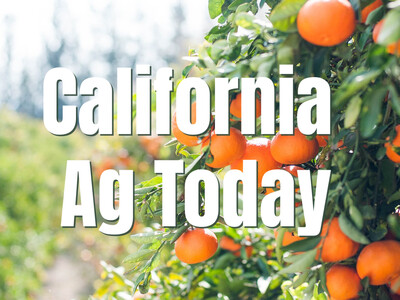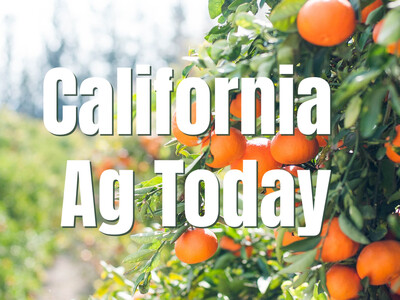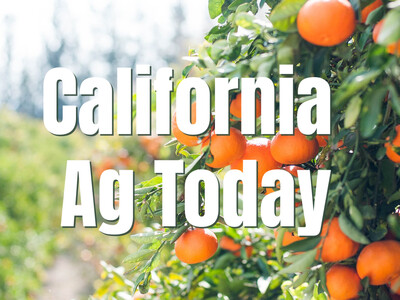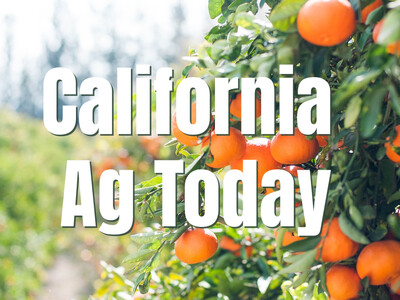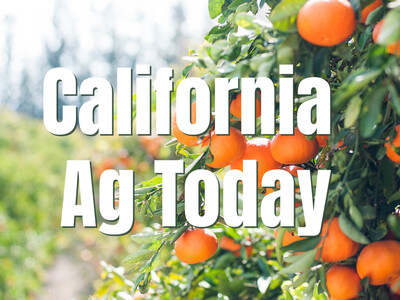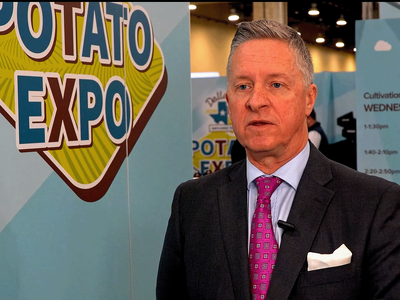Biosolarization - Part 2

Tim Hammerich
News Reporter
Yesterday we reported on the research being done on biosolarization, which attempts to offset the use of chemical fumigants using certain low cost soil amendments. Dr. Christopher Simmons says the potential benefits of this approach go beyond just pest control.
Simmons… “As we develop this technology, we tried to make a comparison that's not just along the pest control lines, but rather highlighting the value that comes along with controlling the pests and improving the water retention and nutrient retention capabilities of the soil. The fact that we've maintained a greater diversity of life in the soil compared to fumigation. And that can help to prevent reinfestation because you don't have this blank slate that really anything can come back in and recolonize.”
Dr. Simmons and others are testing the approach on high value speciality crops that often have to resort to fumigation to control pests.
Simmons… “I would recommend that they start with a small test plot to see how the technology works for them, because it does behave differently for different regions with different soil types and different backgrounds, soil properties, different pests profiles. And so it makes sense to see how it works logistically on your farm and how it works with your specific soil properties and pest profile before you scale it out.”
More information can be found on the UC Davis Western Center for Agricultural Health and Safety website.



